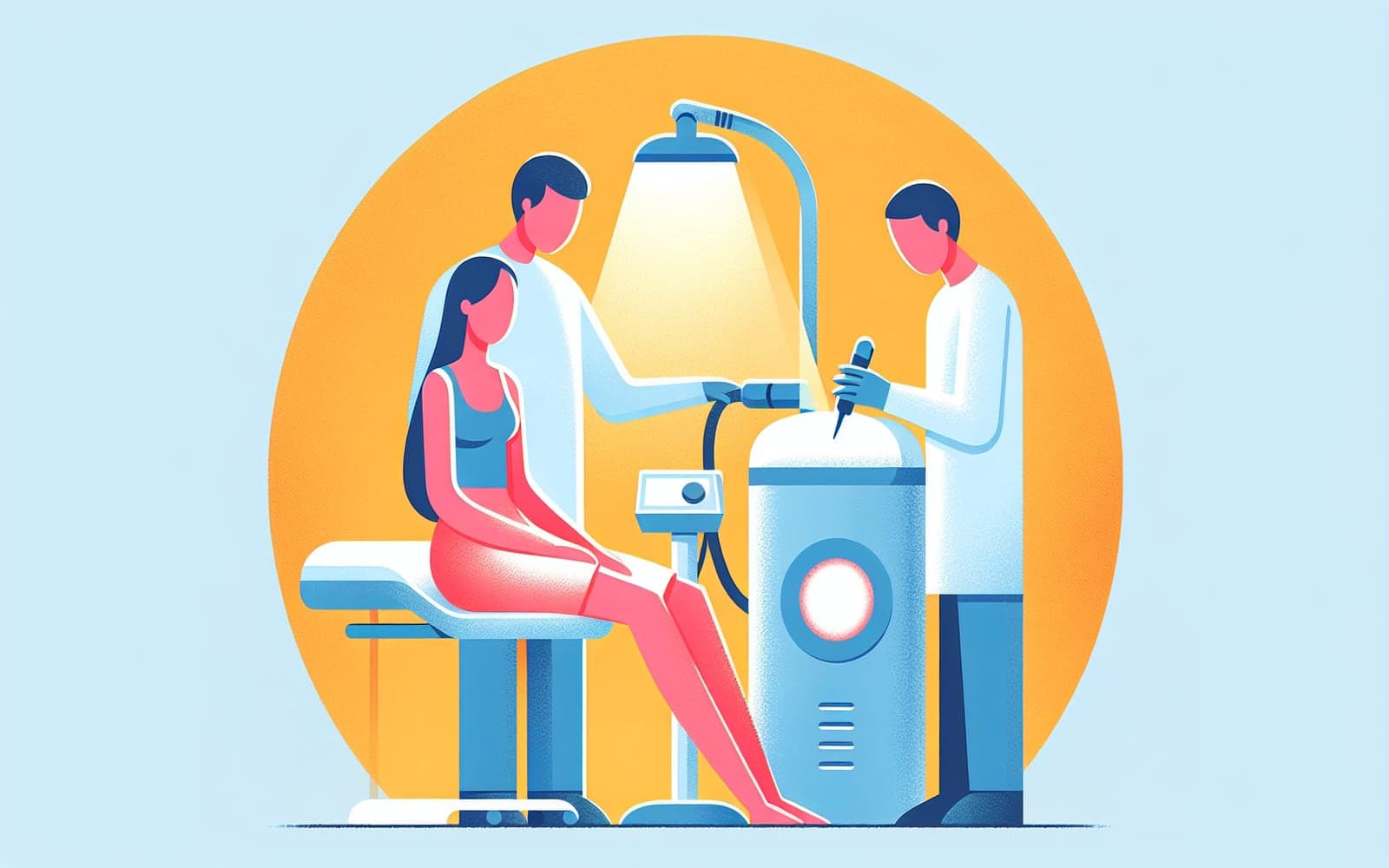Zapping Warts: The Ins and Outs of Cryotherapy
Published: Sep 05, 2023
Cryotherapy, or freezing therapy, is a popular treatment for warts that uses extreme cold to destroy the pesky growths. But how does it work, and is it right for you?
Contents
The Science Behind the Freeze
Cryotherapy works by applying liquid nitrogen to the wart, which has a temperature of -196°C (-320.8°F). This extreme cold causes the water in the wart cells to freeze and form ice crystals, which rupture the cell membranes. As the area thaws, the damaged cells die and the body's immune system clears them away, along with the virus causing the wart.
The Cryotherapy Process
During a cryotherapy session, your doctor will apply liquid nitrogen to the wart using a spray or a cotton swab. The area is usually frozen for about 10-20 seconds, depending on the size and location of the wart. You might feel a burning sensation during the treatment, which can be uncomfortable but is usually tolerable. The procedure is often repeated every 1-3 weeks until the wart is gone.

Pros and Cons
Cryotherapy has several advantages: it's quick, doesn't require anesthesia, and can be effective for many types of warts. However, it can be painful, especially for children, and may require multiple treatments. It can also cause blistering, and in some cases, scarring or changes in skin color, particularly in people with darker skin tones.
Frequently Asked Questions
Success rates vary, but can be up to 70% or higher.
It can be uncomfortable, but is usually tolerable.
Often 3-4 treatments, but can vary widely.
Over-the-counter options exist, but are less effective than professional treatment.
Key Takeaways
While cryotherapy can be an effective wart treatment, it's important to weigh the pros and cons and discuss with a healthcare professional.
Curious if cryotherapy might be right for your warts? Ask Doctronic about your treatment options today!Related Articles
References
Kwok CS, et al. Topical treatments for cutaneous warts. Cochrane Database Syst Rev 2012; :CD001781.
Bruggink SC, et al. Cryotherapy with liquid nitrogen versus topical salicylic acid application for cutaneous warts in primary care: randomized controlled trial. CMAJ 2010; 182:1624.
Always discuss health information with your healthcare provider.

